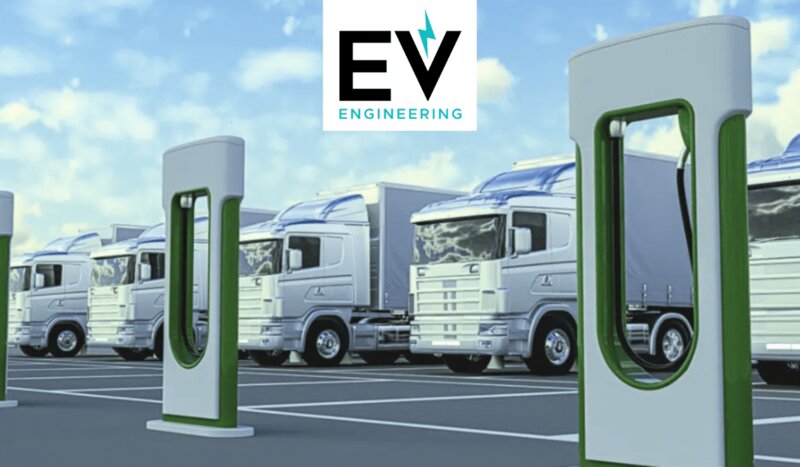As the electric vehicle (EV) market grows, it highlights a critical concern — the potential stress on our utility distribution grids. While utilities have historically navigated shifts in demand, the surge in EV charging presents a unique challenge: how to align the growing need for charging with existing grid capacities.
This scenario demands a nuanced approach, underscoring the vital role of transparent communication and strategic planning between consumers and utility providers. This is especially true for fleet charging solutions that must account for the effects EV depots exert on utility systems. EV depots consist of one or more EV chargers, so the concerns over grid strain only intensify as electric vehicles become a staple in residential settings.
Collaborative engagement
Integrating new EVs into current infrastructure necessitates a unified, strategic approach. Utilities must craft capacity plans that are reliable but also flexible for changing demands.
For EV depots, utilities must receive accurate data to determine a feasible number of vehicles the grid can support. As home-based EV charging gains momentum, utilities should maintain open lines of communication with homeowners, alerting them to potential service disruptions and infrastructure enhancements to boost capacity.
When collaboration reveals immediate grid limitations, EV depots and individual owners must adjust their usage to prevent system overloads.
To enhance the efficiency of fleet charging, it’s essential to implement energy management systems (EMS) and charge management systems (CMS). These systems dynamically adjust site loads to match the demand of each charger while taking advantage of utility rate incentives. It’s crucial for utilities and EV operators to meticulously monitor energy consumption trends. This allows for precise forecasting of charging demand tailored to each site.
The role of EMS is pivotal. It integrates energy pricing into the charging strategy, alerting users to price surges throughout the day. Given that many utilities apply rate tariffs based on the time-of-day constraints of electricity production or delivery, EMS systems can identify these patterns. They adjust the charging schedules within the CMS to mirror these costs, optimizing charging times to coincide with lower price periods. This optimization can be guided by the utility’s time-of-use rates or react in real-time to price changes from utilities or independent system operators (ISOs).
Choosing an EV charging solution is just the beginning. Continuous monitoring is necessary to minimize charging costs and accommodate fleet expansions or changes in duty cycles. This might involve adjusting charging times or sequences to ensure operational and cost efficiency.
EMS and CMS capabilities also support utility demand response (DR) programs. Through these programs, utilities can signal customers to lower their energy consumption during peak demand times. The integration allows for automated alerts within the EMS, enabling EV fleet managers to swiftly adapt charging operations. This ensures compliance with utility requests for load reduction, balancing site energy needs with vehicle charging requirements to optimize overall site energy use.
Incorporating detailed load models that accurately reflect EV performance, weather conditions, and other variables is also critical. The approach ensures uninterrupted service and maximizes operational efficiency. EV operators must fine-tune site capacities and charging schedules to align energy use with anticipated levels.
Participating in utility DR programs further supports grid stability. For example, weather impacts utility operations significantly, often triggering DR events. EMS and CMS integration with utility systems facilitates real-time adjustments and periodic updates to the energy load model. This ensures that power remains available for charging as needed by the EVs.
Organizations considering large-scale EV fleets can benefit from partnering with third-party providers for smoother utility coordination. These partners can offer comprehensive support, from site evaluations to designing efficient charging solutions, ensuring infrastructure readiness now and in the future.
Embracing the future
Although the pace of EV adoption may vary, the sector’s expansion is undeniable, posing ongoing infrastructure capacity challenges. Proactive, strategic planning that addresses fleet and residential charging needs, continual infrastructure enhancements, and clear customer communication will pave the way for a successful transition to electric mobility.
As EVs become increasingly prevalent, a reliable power supply becomes non-negotiable. All stakeholders — public and private — must prioritize grid sustainability and resiliency. Collaboration in the development and sourcing of energy for EV depots is essential.


